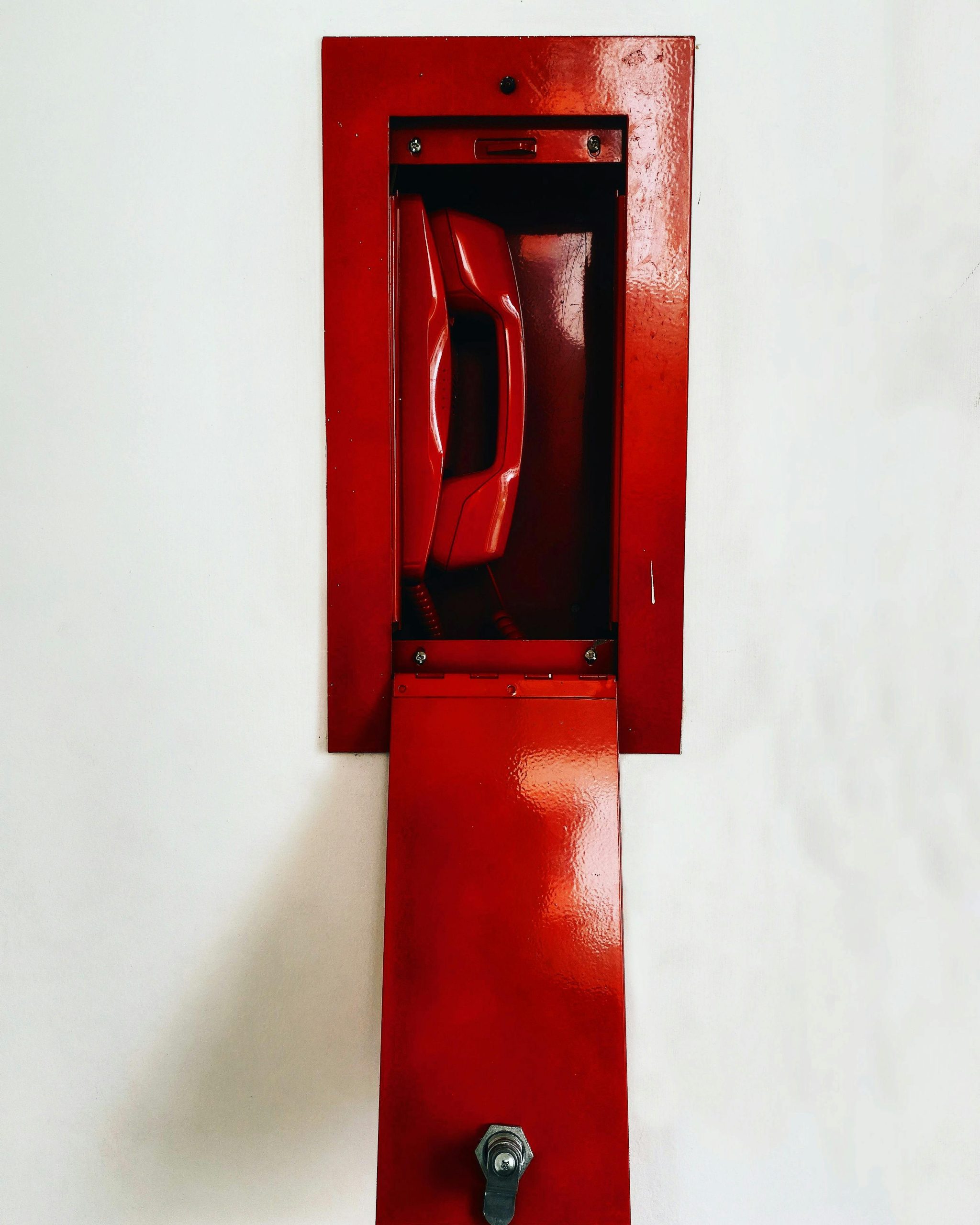Title: Understanding London’s Struggle with Poor Phone Signal: Key Factors at Play
London, a bustling metropolis renowned for its vibrant culture and historical significance, faces a rather surprising challenge – unreliable phone signal quality in many areas. This issue, although seemingly trivial in such a technologically advanced city, stems from a complex array of factors.
First, let’s discuss the Not-In-My-Back-Yard, or NIMBY, phenomenon. In London, as in many urban locations, residents often resist infrastructure developments within their neighborhoods, prioritizing the aesthetic and historical integrity of the area over technological improvements. Consequently, efforts to build new telecom towers or enhance existing networks encounter significant opposition.
Adding to this challenge are the planning laws and stringent regulations governing construction and development within the city. London’s heritage and unique architectural landscape necessitate rigorous scrutiny of any new projects, including those aimed at improving mobile networks. These regulations, while preserving the city’s character, often delay or even prevent the implementation of necessary signal-enhancing technologies.
Moreover, London is home to numerous conservation zones and protected areas. These designated regions, valued for their historical and environmental significance, impose additional constraints on any attempts to alter the landscape, naturally affecting infrastructure projects aimed at boosting mobile connectivity.
The city’s skyline, adorned with towering buildings of various shapes and sizes, presents another hurdle. While these skyscrapers contribute to London’s modern aesthetic, they also interfere with signal transmission, impeding mobile connectivity. The construction of additional structures can exacerbate this issue, complicating signal propagation throughout the urban environment.
Lastly, geopolitical concerns, such as the restrictions and controversies surrounding Huawei equipment, have impacted the availability and deployment of certain telecommunications technologies within the city. This has further compounded the complexity of maintaining robust mobile networks in London.
In conclusion, achieving seamless mobile connectivity in London is a multifaceted challenge influenced by regulatory, societal, historical, and technological factors. Addressing each aspect requires a balanced approach that respects the city’s character while embracing modern advancements.


Insightful Thoughts on London’s Phone Signal Challenges
As a long-time resident of London, I truly resonate with the issues raised in this post regarding the city’s phone signal struggles. It’s fascinating yet frustrating to observe how our rich history and architecture, which we cherish, can simultaneously hinder essential technological advancements.
Here are a few additional points that I believe contribute to our connectivity woes:
It’s imperative that we find a way to balance our love for London’s historical character with our need
London’s Unique Challenges and Possible Solutions for Better Mobile Signal
As a long-term London resident, I completely relate to the frustrations caused by poor mobile connectivity, especially in dense and historic areas. The article highlights some key obstacles, but I believe that proactive community engagement and innovative technological solutions could help overcome these challenges.
For instance, implementing small cell technology and distributed antenna systems (DAS) can significantly improve coverage without disrupting the city’s aesthetics or heritage sites. These micro-infrastructures can be discreetly integrated into existing urban elements, alleviating NIMBY concerns.
Furthermore, fostering collaboration between telecom providers, city planners, and local communities can accelerate necessary infrastructure upgrades while respecting London’s architectural heritage. Public-private initiatives could also offer funding and expertise for such developments.
Overall, embracing smart, community-focused solutions might be the key to enhancing London’s mobile network, ensuring residents and visitors stay connected without compromising the city’s historic beauty.